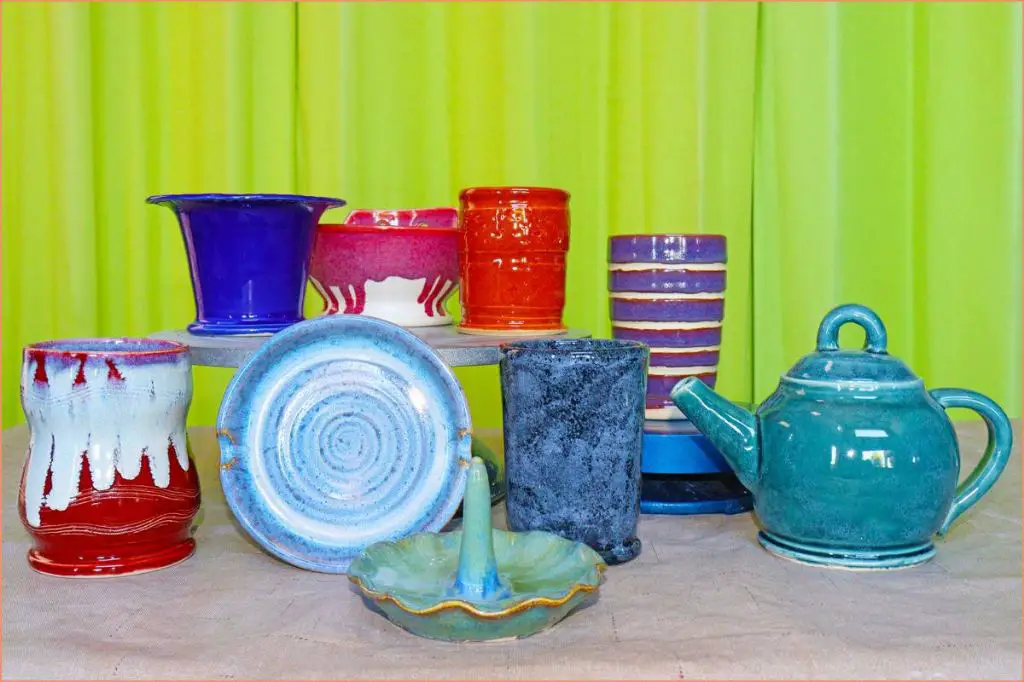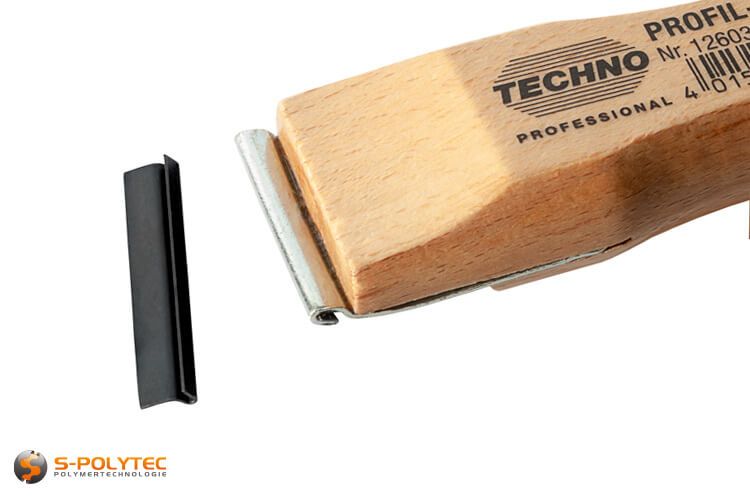How Long Does It Take To Learn How Do You Make Pottery?
Pottery making has been practiced as a craft for thousands of years, with evidence of ceramic objects dating back over 20,000 years. In recent years, pottery has seen a resurgence in popularity as both an artistic medium and a relaxing hobby. The tactile process of working with clay and creating beautiful, functional objects is immensely satisfying. Pottery engages the mind, body, and spirit in a meditative experience that many find centering. As an accessible craft that requires minimal tools or equipment, more people around the world are discovering the joys of pottery and joining workshops or creating home studios.
Time Investment
Learning pottery requires a significant time investment to develop the necessary muscle memory and skills. Many experts recommend investing at least 10 hours per week of practice to build proficiency quickly. As one Reddit user advised, “Yes! As you get started, if at all possible be at the wheel for at least ten hours a week. It’s better if you want to build proficiency.”
Beginners will likely spend those 10 hours learning to center clay on the wheel, open and pull up walls, trim pieces, and other fundamental techniques. With regular practice, these basic skills will become more natural and require less conscious focus over time.
Beyond the first few months, continuing to put in 10 or more hours per week allows for honing skills, experimenting with new techniques, and developing one’s artistic style. Consistency is key – taking a few months off can mean losing some of the muscle memory built up.
While the initial learning curve is steep, pottery enthusiasts emphasize that the hours put in are rewarding. As skills improve with practice, one’s satisfaction and enjoyment of the craft also increases.
Learning the Basics
When first learning pottery, it’s important to start with the fundamental techniques for working with clay. These include wedging and kneading the clay, using a pottery wheel, and trimming and smoothing finished pieces.
Wedging and kneading clay is key for removing air bubbles and evenly distributing moisture throughout the clay body. This helps prevent cracking and exploding during drying and firing. There are different wedging techniques, like the cut and slap method, but they all serve to improve the plasticity and workability of the clay. According to https://www.gathered.how/arts-crafts/art/pottery/beginners-guide-to-pottery, kneading and wedging clay takes practice but is an essential first step.
Using a pottery wheel is likely the first skill beginners want to learn. Centering clay on the wheel and opening up forms takes coordination and muscle memory. With practice, wheel throwing allows for perfectly symmetrical pieces and uniform wall thickness. Trimming excess clay from the base of wheel-thrown pieces and smoothing away imperfections are also introductory skills. As noted by https://www.classpop.com/magazine/pottery-for-beginners, mastering these fundamental wheel skills provides a solid foundation for any pottery beginner.
Glazing and Firing
An important step in making pottery is applying glaze and properly firing the pieces in a kiln. Glazes come in various types and colors, adding an extra dimension to the finished ceramic work. Choosing the right glaze requires testing and experimenting to achieve the desired look. There are low-, mid-, and high-fire glazes that mature at different temperatures, so it’s essential to match the glaze with the type of clay body and intended kiln firing range.
Clay pieces are fired twice – first to harden or “bisque” the clay, then fired a second time to melt the glaze. The bisque firing is done between cone 04 and cone 06 (about 1800°F-2100°F). This initial firing prepares the clay to accept glazes. The glaze firing is typically between cone 6 and cone 10 (2200°F-2350°F), hot enough to melt and fuse the glazes to the hardened clay body. Special care must be taken when loading glazed pieces in the kiln to prevent glazes from sticking.

There are various types of kilns used for pottery, including electric, gas, wood, and raku kilns. Small hobby kilns for home use are often electric, providing an affordable and simple option for beginners. Gas and wood-fired kilns allow potters to achieve effects like wood ash or flame patterns. Raku kilns are small, fueled with propane, and allow rapid firing and cooling for a distinctive crackled glaze.
With testing and experience, potters learn how specific clay bodies, glazes combinations, and firing methods interact to produce the characteristics they desire. Patient experimentation with glazing and firing is key to mastering the ceramics process.
[INSERT URL 1 HERE]
Creating Basic Pieces
When first starting out in pottery, it’s best to keep things simple by making basic utilitarian pieces like mugs, bowls, vases, and plates. These projects allow beginners to practice fundamental techniques without getting overwhelmed. According to pottery teacher Tommy Huang, “simple pottery projects for beginners” include crafting pear vases, cylindrical mugs, and small bowls.
Throwing basic cylindrical forms on the pottery wheel involves centering the clay and opening it up into an even-walled vessel. These pieces can be left unadorned and simply glazed or decorated with impressions, carvings, or appliquéd shapes. It’s satisfying to create handmade objects that can be used around the home. Starting with the basics allows beginners to learn the foundations of the pottery process from wedging the clay to trimming pieces when leather hard.
As beginners refine their skills making simple, functional pieces, they’ll become comfortable using the wheel and working with clay. The experience gained creates a solid foundation for exploring more advanced handbuilding and wheel techniques. According to pottery blog Simple Blog AI, essential beginner projects include “7 Simple Pottery Projects” like pinch pots, slab built boxes, and coil pots.
Advancing Skills
As you gain more experience with basic techniques, you’ll likely want to try your hand at more complex pottery projects. Advancing from beginner to intermediate level takes dedication and practice. You should aim to refine fundamental skills like centering clay, throwing basic shapes, and glazing before tackling more intricate pieces. Some ways to progress at this stage include:
Attempting new shapes like handles, lids, and spouts. These take precision to attach properly to thrown pieces. Don’t get discouraged if attachments fail at first – keep practicing consistency in throwing and joining.
Trying out sets or collections like mugs, bowls, or plates. Creating multiples tests your ability to recreate pieces and achieve uniformity. Work on maintaining the same size, shape, thickness, and glaze technique across a set.
Incorporating decorative elements like textures, stamped patterns, painting, and inlay. Impressing designs takes thoughtful planning and execution. For example, ensure clay is the right stiffness before stamping or carving patterns. Lay out painting motifs beforehand. Let inlaid clay dry thoroughly before continuing to shape the piece.
As documented by potters on Reddit (https://www.reddit.com/r/Pottery/comments/njf502/learning_progression/), advancing to intermediate-level work requires pushing creativity but being patient with results. Allow time to develop the muscle memory and skill needed for more complex pottery.
Mastering Techniques
Once a potter has learned the basics and created numerous pieces, the next step is mastering more advanced techniques to take their skills to the next level. Three key techniques to focus on are centering clay, throwing tall vessels, and using decorating tools.
Centering clay involves placing a lump of clay on the pottery wheel and using a combination of pressure, movement, and water to center it perfectly. This creates symmetry and ensures the clay is balanced before throwing a vessel. Consistently centering clay takes coordination and practice to master.
Throwing tall vessels requires excellent centered clay and an ability to steadily pull up the walls while maintaining an even thickness. As the height increases, the clay becomes more difficult to shape without slumping or folding over. Master potters develop a finesse for pulling up extremely tall vessels.
Decorating tools like ribs, loops, sponges, and knives allow potters to incise patterns, create textures, ruffle rims, and more. There are endless options for transforming basic vessels into works of art using decorating tools. Developing proficiency using various tools opens up creative possibilities.
As described in The Clay Artist’s Toolkit: Essential Techniques and , mastering foundational techniques allows potters to advance their skills and take their artistry to the next level.
Developing a Style
An important part of progressing in pottery is starting to develop your own personal style. This involves experimenting to find the types of pieces you most enjoy creating and the aesthetics you find most appealing. As you gain more experience, you will likely start to gravitate towards certain glazes, shapes, decorative techniques, etc. that fit your artistic sensibilities.
When developing a style, it can be helpful to study art history and look at the work of famous potters to get inspiration. However, it’s important not to simply copy others. Think about what draws you to certain techniques and aesthetics. Sketch out some ideas and prototypes to start bringing your own vision to life. Be willing to try new things and push yourself outside your comfort zone.
Finding your own style takes time and practice. Let your intuition guide you as you create pieces. Reflect on what you find satisfying and what you would change. Pay attention to details like the feel of the clay, the brushstrokes of the glaze, the curve of the spout. Developing a personal style is an exciting part of progressing as a potter.
Selling and Sharing Creations
Once you’ve honed your pottery skills, you may be interested in selling or sharing your creations with others. Local art shows provide a great opportunity to display and potentially sell your work. Search for upcoming art shows in your area and apply to participate as an exhibitor. Set up an attractive booth showcasing your best pieces, and be sure to engage with attendees to share your creative process and passion. Business cards and order forms will make it easy for interested customers to contact you after the show.
If in-person selling isn’t for you, consider opening an online pottery shop on platforms like Etsy or your own website. Photograph your work in an appealing way, write descriptions highlighting unique details, and price pieces appropriately based on factors like size, materials, and time investment. Promote your shop on social media and through your personal connections.
Don’t underestimate the joy of gifting your handmade pottery to family and friends. Custom mugs, dishes, or decorative items make heartfelt presents for any occasion. Plus, seeing your creations being used and appreciated gives a wonderful sense of fulfillment.
Lifelong Learning
Even after you have mastered the basics of pottery making, there is always more to learn if you want to continuously improve your skills. The journey of a potter is a lifelong one, full of opportunities for growth and discovery. Many expert potters take workshops and classes well into their careers in order to learn new techniques, keep their skills sharp, and stay inspired ([1]). Some ways to continue advancing as a potter include:
- Taking lessons from master potters to learn specialized skills like raku firing, nerikomi, or handbuilding large-scale pieces.
- Attending workshops and residencies to get exposed to new methods of construction and decoration.
- Expanding into new types of pottery like porcelain or pit firing.
- Traveling to experience pottery traditions from around the world.
- Joining a studio co-op to collaborate and brainstorm with fellow potters.
- Reading books and watching videos to spark new ideas and techniques.
The open-ended nature of pottery means there is always something new to explore. Maintaining curiosity, passion, and dedication throughout your pottery career is key to lifelong improvement.

